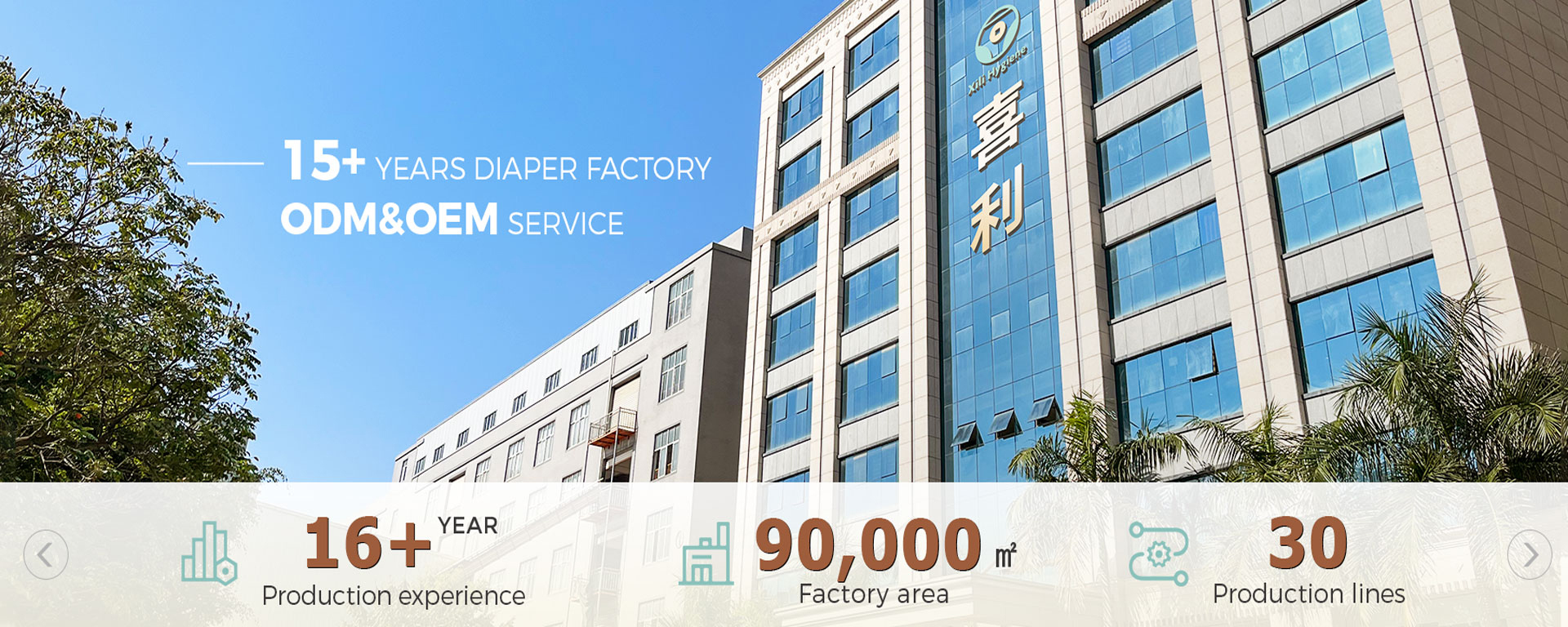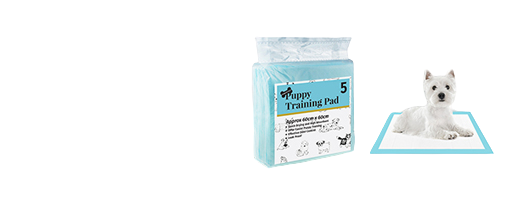
- Home
- >
- News
- >
- Airlaid Market Report
- >
Airlaid Market Report
2024-11-14 18:38
Airlaid Nonwovens: Navigating Growth and Challenges in a Sustainable Market
The airlaid nonwovens industry is experiencing significant growth, driven by the increasing demand for sustainable and bio-based materials in the global wipes and hygiene markets. However, producers are also facing challenges due to global macroeconomic trends, including intense competition and rising energy and raw material costs. Despite these hurdles, the consumption of airlaid nonwovens continues to grow at an annual rate of approximately 6% by volume, according to industry tracker Smithers. This growth is expected to tighten supply by 2027, creating both opportunities and challenges for manufacturers.
The Growing Demand for Airlaid Nonwovens
Airlaid nonwovens are gaining traction due to their versatility and sustainability. The technology’s ability to process short fibers makes it suitable for a wide range of applications, including bio-wipes, technical wipes, absorbent hygiene products, food pads, napkins, and tablecloths. This flexibility positions airlaid nonwovens as a key player in the shift toward eco-friendly and economically viable solutions.
Tobias Schafer, Vice President of Forming and Finishing at Andritz Nonwoven & Textile:
“Due to the flexibility of the airlaid technology and its ability to process short fibers, nonwoven producers can serve various applications such as bio-wipes, technical wipes, absorbent hygiene products, food pads, napkins, and tablecloths. Today, the nonwovens market is looking for sustainable and economically viable solutions.”
The demand for airlaid nonwovens is further fueled by the growing emphasis on sustainability in the wipes and hygiene sectors. Consumers and manufacturers alike are seeking alternatives to traditional materials that reduce environmental impact without compromising performance.
Challenges Facing the Airlaid Industry
While the airlaid nonwovens market is growing, producers are navigating a complex landscape shaped by global macroeconomic trends. Key challenges include:
Intense Competition:
The airlaid nonwovens market is highly competitive, with manufacturers vying for market share in a crowded and evolving industry.Rising Energy and Raw Material Costs:
Increasing energy prices and the cost of raw materials are putting pressure on producers, impacting profitability and operational efficiency.Supply Chain Disruptions:
Global supply chain challenges, exacerbated by geopolitical tensions and the COVID-19 pandemic, have created additional hurdles for airlaid manufacturers.
Despite these challenges, the industry remains resilient, driven by innovation and the growing demand for sustainable materials.
Recent Investments and Industry Consolidation
The airlaid nonwovens industry has seen significant investments and consolidation in recent years, signaling renewed interest and confidence in the market. Two major line installations by Glatfelter and Domtar in the U.S. have created new opportunities for airlaid producers, following a period of slow investment in the late 2000s and early 2010s.
Glatfelter’s Expansion:
Glatfelter’s acquisitions of Concert Industries and Georgia-Pacific, which had previously purchased Buckeye Technologies, have strengthened its position in the airlaid market.Proposed Merger with Berry Global:
Glatfelter’s proposed merger with Berry Global, which operates airlaid assets in China, is expected to further consolidate the industry and intensify competition. The merger, set to close this month, will create a stronger player in the global airlaid market.
These developments highlight the dynamic nature of the airlaid nonwovens industry and its potential for growth and innovation.
The Future of Airlaid Nonwovens
Looking ahead, the airlaid nonwovens market is poised for continued growth, driven by the demand for sustainable and bio-based materials. Key trends shaping the future of the industry include:
Sustainability:
The shift toward eco-friendly materials and production processes will remain a key driver of growth in the airlaid nonwovens market.Innovation:
Advances in airlaid technology and product development will enable manufacturers to meet the evolving needs of the wipes and hygiene sectors.Market Consolidation:
Continued consolidation, such as the Glatfelter-Berry Global merger, will reshape the competitive landscape and create new opportunities for growth.
Conclusion: A Resilient and Growing Industry
The airlaid nonwovens industry is at a pivotal moment, balancing growth opportunities with significant challenges. As demand for sustainable and versatile materials continues to rise, airlaid producers are well-positioned to capitalize on emerging trends and meet the needs of the global wipes and hygiene markets. However, navigating intense competition, rising costs, and supply chain disruptions will require innovation, strategic investments, and a focus on sustainability.
By embracing these challenges and opportunities, the airlaid nonwovens industry can continue to thrive, delivering high-quality, eco-friendly solutions that meet the demands of a rapidly evolving market. Through collaboration, innovation, and a commitment to sustainability, airlaid manufacturers are paving the way for a brighter and more resilient future.
Get the latest price? We'll respond as soon as possible(within 12 hours)















